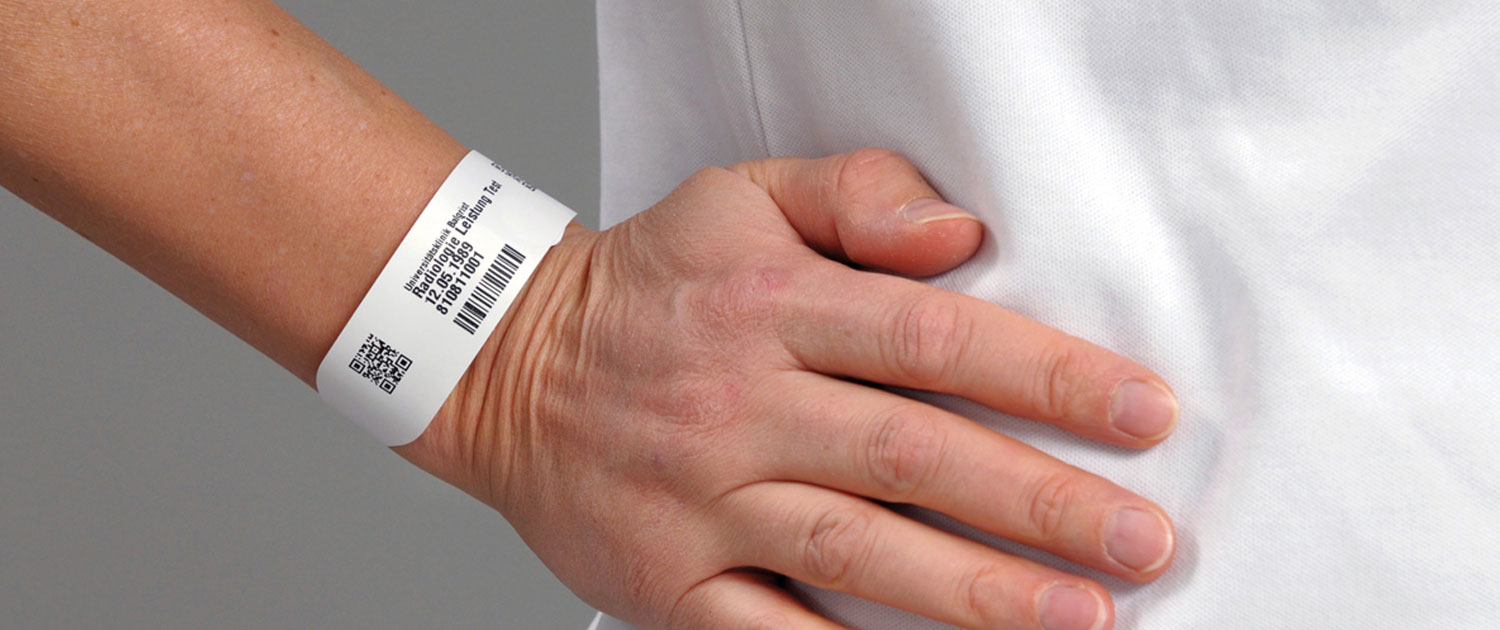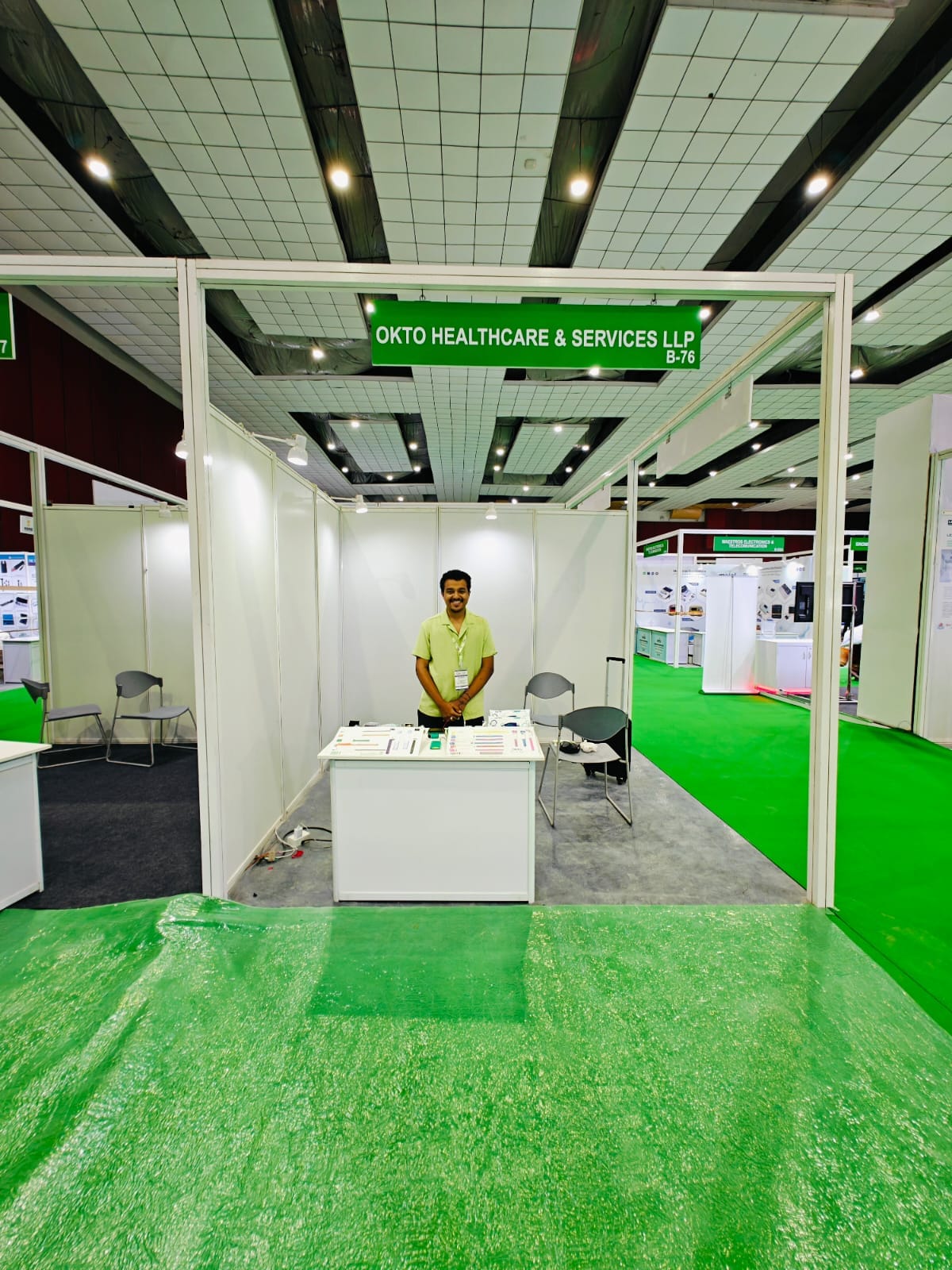Simplifying Individual Care With Reliable Identification Bands
The application of efficient recognition bands is a pivotal aspect in boosting individual care within medical care setups. These bands not just serve to reduce the risks connected with person misidentification yet also improve communication amongst medical workers, thereby fostering a more secure setting. Various sorts of recognition bands satisfy particular requirements, from long lasting wristbands for adults to specialized bands for infants and essential instances. As the landscape of individual identification progresses, one need to think about the implications of these systems on overall healthcare delivery and patient results. What developments wait for in this essential location?
Significance of Person Recognition
Ensuring accurate patient recognition is critical in healthcare setups, as it directly impacts the safety and high quality of care provided. Misidentification can bring about significant mistakes, consisting of carrying out the incorrect medicine, executing inaccurate treatments, or miscommunicating essential individual information. Such errors not only jeopardize person safety and security yet can additionally result in legal implications and decreased rely on healthcare systems.
Effective patient recognition is fundamental to establishing a secure atmosphere where clients receive proper and customized care. It helps with the exact paperwork of clinical histories, allergies, and treatment strategies, making sure that health care service providers have accessibility to important details in all times. Durable identification methods assist simplify communication among medical personnel, enhancing partnership and minimizing the danger of blunders.

Types of Recognition Bands
Recognition bands play an essential role in keeping accurate client records and enhancing safety within health care settings. Various kinds of recognition bands are utilized to deal with the details needs and demands of different individual populaces.

Another kind is the ankle band, which is specifically helpful for babies and infants, guaranteeing that identification stays undamaged also during treatment treatments. Specialty bands, such as those for allergy alerts or drop threat signs, give extra layers of safety by attracting instant attention to important client problems.
Recently, digital identification bands have obtained appeal, including barcodes or RFID technology that can be checked to promptly obtain patient information. These bands streamline operations and minimize the danger of human error throughout person recognition processes.
Advantages of Reliable Recognition
Effective recognition of patients with using recognition bands contributes dramatically to overall client safety and care quality. By making sure that each individual is accurately determined, doctor can effectively match medical treatments and procedures to the appropriate person, decreasing the threat of mistakes. This is specifically vital in atmospheres with high client turnover, where the potential for misidentification is better.
Moreover, efficient recognition bands improve communication amongst health care groups. Exact and clear patient identification promotes partnership and guarantees that all staff member understand a person's specific needs and case history. This communication is essential for supplying coordinated care, especially in emergency scenarios where time is important.

Eventually, effective recognition via making use of identification bands not just safeguards clients but additionally promotes a culture of security within health care facilities (Patient Identification Band). By prioritizing exact identification, health care organizations can enhance outcomes and enhance the general individual experience
Carrying Out Identification Equipments
While the relevance of person identification is well Discover More identified, the implementation of durable identification systems postures a facility difficulty for medical care companies. Developing efficient identification systems requires a comprehensive method, including modern technology, workers training, and procedure integration.
First, organizations must choose appropriate identification technologies, such as barcode scanning, RFID, or biometric systems. Patient Identification Band. These technologies ought to be assessed based on cost, usability, and compatibility with existing facilities. A pilot program can aid identify potential concerns prior to major implementation
Following, extensive training for personnel is important. All employees must understand the importance of accurate person identification and excel in using the chosen technologies. Routine training updates and evaluations can strengthen ideal practices and ensure continued compliance.
Furthermore, healthcare organizations need to develop standardized treatments for person identification across all divisions, enhancing and decreasing discrepancies communication. Regular audits can assist recognize spaces in adherence to these protocols.

Eventually, an efficient application of identification systems not just enhances person security yet additionally cultivates a culture of liability and persistance within medical care setups, guaranteeing reputable and constant person care.
Future Trends in Person Identification
Advancements in technology are set to reinvent individual identification practices in Read Full Report healthcare settings. The assimilation of biometric recognition methods, such as fingerprinting and face recognition, is expected to enhance accuracy and safety. These innovations can considerably minimize the risk of misidentification, making sure that clients obtain the proper therapies and medicines.
Furthermore, the execution of blockchain innovation for client records is acquiring traction. This decentralized technique can offer a safe and tamper-proof technique for taking care of websites client identities, thereby streamlining accessibility to vital info across different health care providers.
Another pattern is the raising use of mobile wellness applications that leverage QR codes for person recognition. These applications enable real-time updates and simple accessibility to individual information, encouraging healthcare professionals to make informed choices swiftly.
Furthermore, man-made intelligence (AI) is poised to play a crucial role in assessing individual recognition data, determining patterns, and forecasting prospective recognition errors before they occur.
As these technologies advance, they assure not just to enhance individual security but likewise to improve the general performance of health care shipment systems. Accepting these innovations will be vital for future-proofing person treatment techniques.
Verdict
To conclude, reliable recognition bands are crucial for enhancing person security and care top quality within health care settings. By lessening the threats linked with misidentification, these bands assist in accurate and prompt details access, ultimately improving communication among doctor. The execution of durable recognition systems not just cultivates a culture of safety however likewise placements medical care organizations to adjust to future patterns in client recognition technology, making sure ideal outcomes for people in diverse scientific atmospheres.
As the landscape of patient recognition evolves, one need to think about the ramifications of these systems on total medical care shipment and client outcomes.Efficient client identification is basic to developing a protected atmosphere where clients receive individualized and suitable care. Ultimately, focusing on reliable client identification techniques not only promotes a society of security but likewise adds to improved client end results and general fulfillment with healthcare services.
Effective identification of clients with the usage of recognition bands adds substantially to total individual security and care top quality. The implementation of durable recognition systems not just promotes a culture of security however likewise positions medical care establishments to adjust to future fads in patient recognition technology, making sure optimum results for clients in diverse scientific atmospheres.